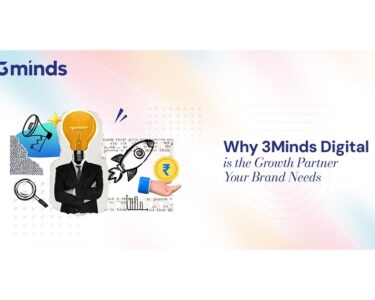In the dynamic business environment of 2025, achieving growth demands creativity and agility. Traditional marketing and sales strategies are no longer enough to stay competitive. Hidden growth hacks—unconventional, high-impact tactics—offer businesses a way to accelerate revenue, engagement, and brand loyalty with minimal resources. This article reveals innovative tactics you likely haven’t explored, providing actionable steps to transform your business and outpace competitors.
1. Why Growth Hacks Are Essential in 2025
The need for growth hacking has intensified as consumer behaviors evolve and digital platforms dominate. Businesses face saturated markets and shorter attention spans, making it critical to find cost-effective ways to stand out. Growth hacks prioritize rapid experimentation, leveraging data and psychology to drive results. These tactics are especially valuable for startups and small businesses but can also reinvigorate established brands. By adopting these strategies, you can uncover opportunities others miss, creating sustainable growth in a crowded landscape.
2. Unconventional Growth Hacks to Implement
2.1 Tap Into Micro-Communities
Online micro-communities, such as niche subreddits, Discord servers, or industry-specific forums, are hubs of engaged, passionate users. These spaces offer a direct line to targeted audiences who value authenticity. A craft brewery, for instance, could join a homebrewing forum, sharing expertise on fermentation techniques before introducing its products organically.
To engage effectively, focus on providing value without overt selling. Answer questions, share insights, and build rapport with community members. Partnering with moderators or respected contributors can amplify your reach, fostering trust and driving word-of-mouth referrals.
2.2 Gamify Customer Interactions
Gamification transforms routine customer interactions into engaging experiences, increasing retention and sales. By incorporating game-like elements—points, rewards, or challenges—businesses can incentivize desired behaviors. A bookstore might launch an app where readers earn points for purchases, unlocking exclusive author Q&As or early releases.
Identify key actions, such as repeat purchases or social shares, and design a rewards system around them. Platforms like Gamify or custom apps can simplify implementation. Ensure the system is intuitive and rewards are meaningful to keep customers motivated and engaged.
2.3 Leverage User-Generated Content Campaigns
User-generated content (UGC) builds authenticity and trust, turning customers into brand advocates. Encouraging users to share photos, reviews, or stories about your product creates a wealth of organic marketing material. A travel agency could launch a campaign asking clients to post vacation photos with a branded hashtag for a chance to win a discount.
Create a clear, compelling call-to-action and simplify participation with templates or prompts. Incentives like giveaways or features on your social media can boost engagement. UGC not only enhances credibility but also strengthens community, driving loyalty and conversions.
2.4 Experiment With Audio Marketing
Audio is a fast-growing channel in 2025, with podcasts, voice assistants, and audio ads capturing consumer attention. Businesses can create branded audio content, such as mini-podcasts or voice-activated skills, to connect with audiences. A pet supply store might produce a short podcast series on pet care, subtly promoting its products.
Use platforms like Spotify Ads or Amazon Alexa to distribute content. Keep it concise, valuable, and aligned with your brand’s tone. Audio marketing fosters emotional connections, making it ideal for storytelling and increasing brand recall.
2.5 Use Behavioral Email Triggers
Generic email campaigns are losing effectiveness, but behavioral email triggers—automated, personalized emails based on user actions—deliver results. These emails respond to specific behaviors, like sending a discount to someone who abandons their cart or a thank-you note after a purchase.
Tools like ActiveCampaign or HubSpot enable seamless automation and behavior tracking. Segment your audience based on actions, such as browsing patterns or purchase history, and craft compelling, mobile-optimized emails. Personalized triggers improve open rates and conversions, maximizing email marketing’s impact.
2.6 Collaborate With Micro-Influencers in Adjacent Niches
Micro-influencers, with 10,000 to 100,000 followers, offer high engagement and affordability compared to larger influencers. Partnering with influencers in adjacent niches expands your reach to aligned audiences. A yoga studio could collaborate with a wellness blogger to co-create content, like a mindfulness challenge.
Use tools like Upfluence to find influencers whose values match your brand. Propose collaborations, such as co-branded content or giveaways, that benefit both parties. Track performance with unique links or codes to measure impact, ensuring a strong return on investment.
3. Navigating Challenges in Growth Hacking
Growth hacking can be daunting due to budget constraints, skill gaps, or fear of failure. To overcome these, start with low-cost experiments, scaling only after validating results. Use affordable tools like Trello for project management or Later for social media scheduling to streamline efforts. Embrace iteration—small failures provide insights for refinement. Study competitors for inspiration but customize tactics to your audience.
Technology is a key ally. AI-driven analytics tools like Google Analytics 4 offer deep customer insights, while automation platforms reduce manual work. Ensure compliance with data privacy regulations, especially for UGC and email campaigns, to maintain trust and avoid legal issues.
4. Measuring and Optimizing Growth Hacks
Tracking performance is critical to success. Define KPIs for each hack, such as engagement rates for gamification, click-through rates for emails, or referral traffic from micro-communities. Use tools like Mixpanel or Hotjar to monitor user behavior and optimize campaigns. A/B test variables like email subject lines or reward structures to improve outcomes.
Stay agile by reviewing data regularly and adapting to trends. Solicit customer feedback through surveys or social media to ensure your hacks resonate. Continuous optimization ensures your strategies remain effective in 2025’s fast-changing market.
5. Conclusion: Unlock Growth With Bold Tactics
In 2025, hidden growth hacks offer a path to stand out and scale efficiently. By tapping into micro-communities, gamifying interactions, leveraging UGC, exploring audio, using behavioral emails, and collaborating with micro-influencers, you can drive meaningful results. Start small, measure relentlessly, and iterate based on data and feedback. These unconventional tactics empower businesses to grow smarter, not harder, in a competitive landscape.
6. Five Most Commonly Asked Questions About Growth Hacks
Q1. What makes a growth hack different from traditional marketing?
Growth hacks focus on rapid, low-cost experimentation to achieve scalable results, often leveraging data and technology. Unlike traditional marketing, which relies on broad, long-term strategies, growth hacks prioritize quick wins and iterative testing to drive immediate impact.
Q2. How can small businesses afford growth hacking?
Small businesses can use free or low-cost tools like Canva for visuals, MailerLite for emails, or social media platforms for organic reach. Start with one hack, such as UGC campaigns, and reinvest profits into scaling efforts, keeping costs manageable.
Q3. Are growth hacks risky for brand reputation?
If poorly executed, growth hacks like aggressive email campaigns can alienate customers. Mitigate risks by prioritizing authenticity and transparency. Test tactics on a small scale and monitor feedback to ensure alignment with your brand values.
Q4. How long does it take to see results from growth hacks?
Results vary by tactic. Behavioral emails or UGC campaigns can show impact within weeks, while micro-community engagement may take months to build trust. Set clear timelines and KPIs to track progress, adjusting strategies as needed.
Q5. Can growth hacks work for B2B businesses?
Yes, B2B businesses can use hacks like audio content for thought leadership or micro-influencer partnerships to reach decision-makers. Tailor tactics to professional audiences, focusing on value-driven content and relationship-building to drive leads.





